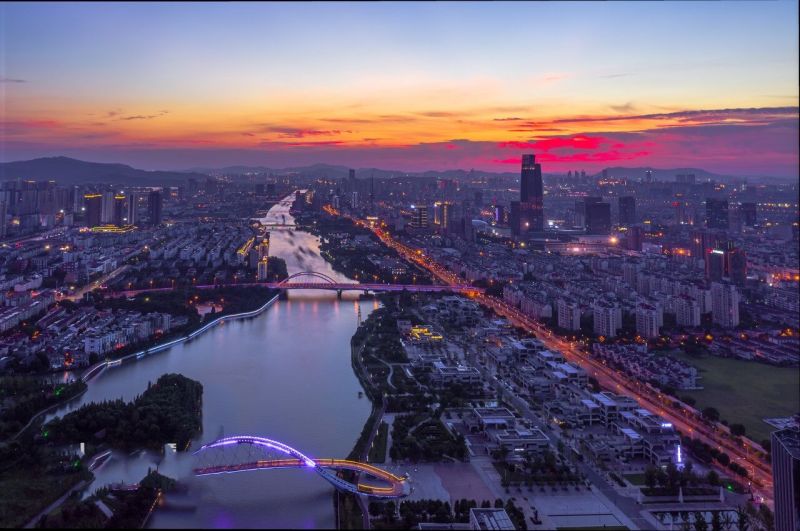Chinese Name: 京杭大运河 Pronunciation: jīng háng dà yùn hé
Location: Eastern China
Length: 1,794 kilometers
Opening Hours: All day
Suggested Visiting Hours: 1-2 Hours
Best Travel Time: The Grand Canal is worth visiting all the year round. There are more people in spring and autumn, followed by summer and winter.
|
|
Night tour of the Hangzhou Grand Canal
|
Hangzhou Grand Canal Day Cruise
(including afternoon tea )
|
| Adult | 90 yuan | 99 yuan |
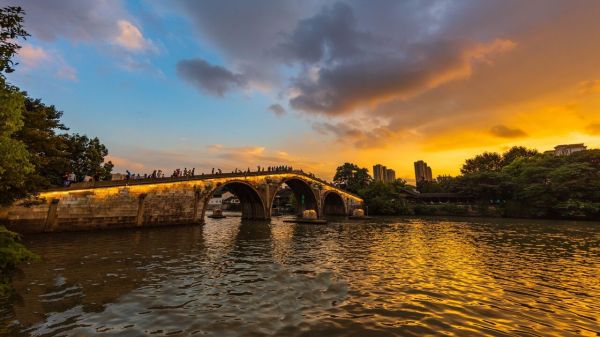
The Grand Canal of Beijing-Hangzhou, which started in the Spring and Autumn Period, has a history of more than 2,500 years. It flows through Beijing, Tianjin, Hebei, Shandong, Jiangsu and Zhejiang provinces and is about 1,794 kilometers long. As the longest, largest and oldest artificial canal in the world, the Grand Canal is a great project created by the laboring people in ancient China, and it is a human cultural heritage. The Beijing-Hangzhou Grand Canal (Hangzhou section) starts from Tangqi in the north and reaches the Qiantang River in the south, with a total length of about 39 kilometers, which runs through four urban areas of Hangzhou: Yuhang, Gongshu, Xiacheng and Jianggan. In 2002, the Hangzhou government officially started the comprehensive renovation and protection project of the Hangzhou section of the Grand Canal, and carried out comprehensively enhancing renovation on the water quality, landscape, bridges, roads, ancient streets and ancient buildings of the Grand Canal. On both sides of the Beijing-Hangzhou Grand Canal (Hangzhou section), a cultural leisure experience corridor and a golden line for water tourism have been formed with natural ecological landscape as the core axis and historical blocks, cultural parks, museums, temples and heritage sites as the important nodes.
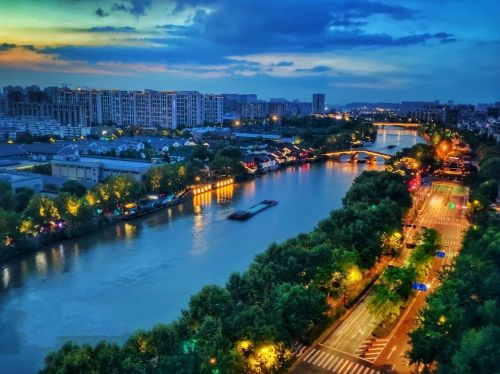
The Grand Canal started to be excavated in the Spring and Autumn Period, for the development of water transport. And during the Spring and Autumn Period and the Warring States Period, canals were built mainly to serve the military operations of conquering other countries.
With the founding of Sui Dynasty, China’s core economic and agricultural region began to migrate away from the Yellow River to the southern provinces. Therefore, the Grand Canal went through a great development during the Sui Dynasty.
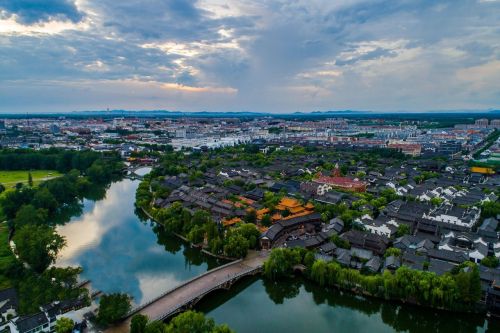
After the Yuan Dynasty set its capital in Beijing at the end of the thirteenth century, the Grand Canal was excavated with Dadu as the center rather than the original Luoyang in order to connect the north and the south of the country.
In 2002, the Grand Canal was included in the East Route Project of South-North Water Transfer.
On June 22, 2014, the 38th World Heritage Conference announced that the Grand Canal Project of China was successfully selected as the World Cultural Heritage Site.
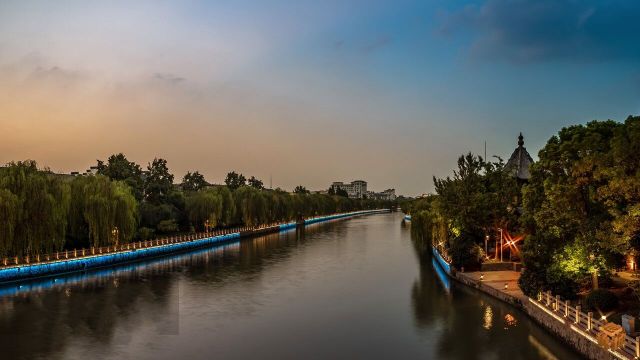
When night falls, the canal in the bustling city also slows down, and the lights on both sides of the canal reflect different beautiful scenery. "The Ink Painting with Jiangnan’s Charm" designed by Roger Boni, the world's top lighting design master, has created a picture of the canal lighting for ten miles and has made the night in Hangzhou Canal more charming and bright.
As a water city with countless docks, Wulinmen Wharf is one of them. In the opposite of the wharf, there are the Hangzhou West Lake Cultural Square, Zhejiang Museum of Natural History and Zhejiang Science and Technology Museum, which are the new landmark buildings in Hangzhou.
The ancient bridge on the canal has an ancient charm, and the new bridge has a new look. The Qingyuan Bridge and Zhaohui Bridge are relatively modern with steel structure, which are fashionable and beautiful.
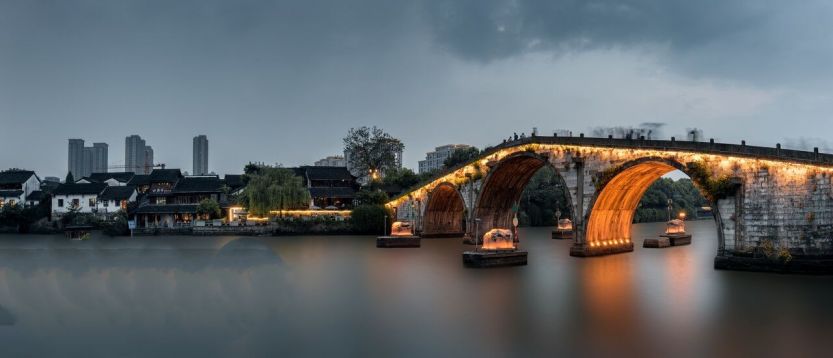
There are many moving legends along the ancient Grand Canal. The Chaowang Bridge was built based on the legend of Chao Wang who was said to save many people in ancient times. In memory of him, the local people decided to build the bridge to express their gratitude.
Visitors can take city bus No. 188, 151, 30 from Hangzhou Railway Station, and get off at the Wulin Xiaoguangchang ( Wulin Square) Station.
Visitors can take city bus No.B4 from Hangzhou West Railway Station, and get off at the Wulin Guangchang Bei ( Wulin Square North) Station.
Visitors can take city bus No.123/156 from Hangzhou South Railway Station, and transfer to No.156 at the Xingtanglu Station, and get off at Hangzhou Dasha Station.
Chinese: 请带我去京杭大运河。English: Please take me to the Beijing-Hangzhou Grand Canal.
If you go to the Beijing-Hangzhou Grand Canal (Hangzhou section) from Hangzhou Railway Station, it takes about 21 minutes (about 15 yuan).
If you go to the Beijing-Hangzhou Grand Canal (Hangzhou section) from Hangzhou South Railway Station, it takes about 50 minutes (about 81 yuan).
If you go to the Beijing-Hangzhou Grand Canal (Hangzhou section) from Hangzhou Xiaoshan International Airport, it takes about 51 minutes (about 116 yuan)
Visitors could take Metro Line 1 from Hangzhou Railway Station, and the get off at the Wulin Guangchang ( Wulin Square) Station.
Visitors could take Metro Line 5 from Hangzhou South Railway Station, and transfer to Metro Line 1 at Binkang Road Station, and get off at Wulin Guangchang ( Wulin Square) Station.
